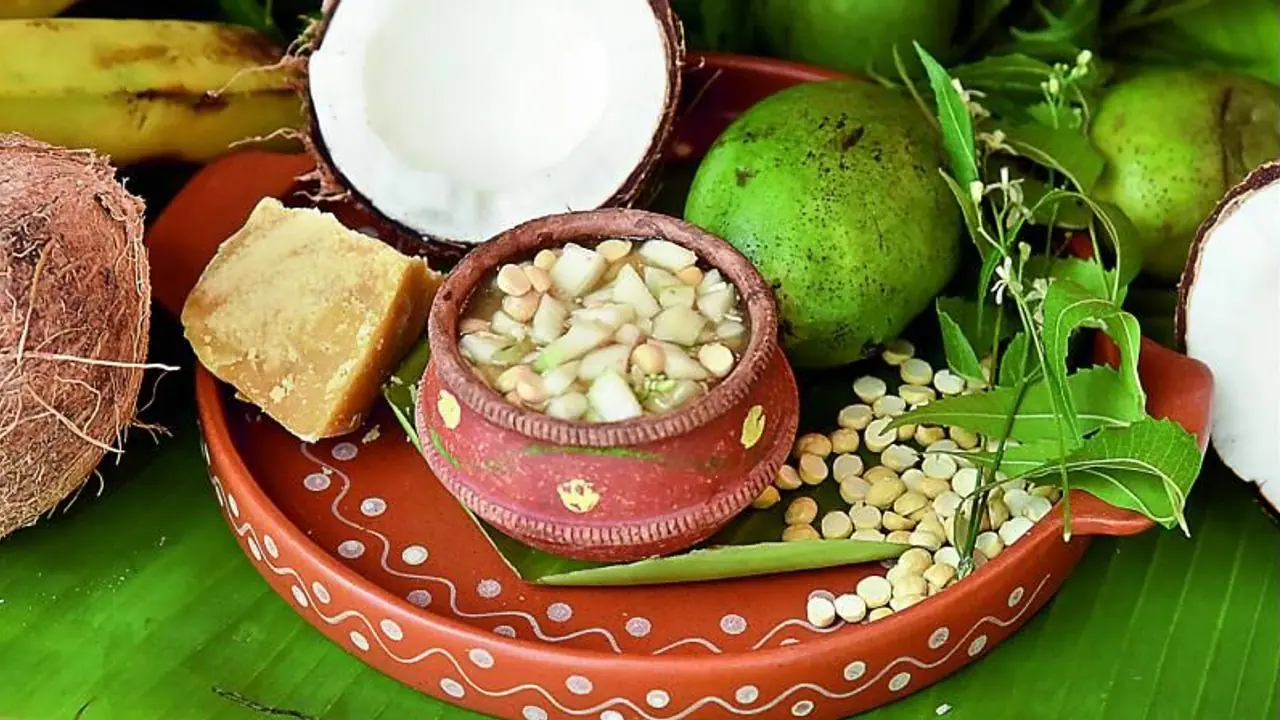On the festive occasion of Ugadi, here are some facts that you should know about the festival

Ugadi signifies the heralding of the New Year for South Indian Hindus. Here are 4 facts that you should know about Ugadi
1. Range of Human Emotions:

On Ugadi, there are six ingredients present in a special dish called Ugadi Pachadi represent a particular emotion present in every human. These are anger (chilli), happiness (jaggery), sadness (neem), hate (tamarind), fear (salt) and surprise (raw mango).
Also read: 5 tasty treats for Ugadi to try out
2. Of mangoes and leaves: 
Freshly-cut mango leaves are adorned at the doorway of one’s house. This is supposed to signify prosperity and a good yield.

Also read:7 amazing benefits of mango leaves
3. Balance of Good and Bad:


Neem plays an integral role in Ugadi festivities – be it food or decoration - The reason being is that is neem is inherently a bitter plant. The neem leaves and flowers are mixced with jaggery signifying a balance of good and bad.
Also read: Health benefits of neem leaves
4. The Thorana
Called Thorana in Kannada is a garland of mango leaves. Fresh mango leaves are plucked and arranged into a half garland and is decorated on the door. This is believed to ward off evil spirit and make the house a place of positive energy.

